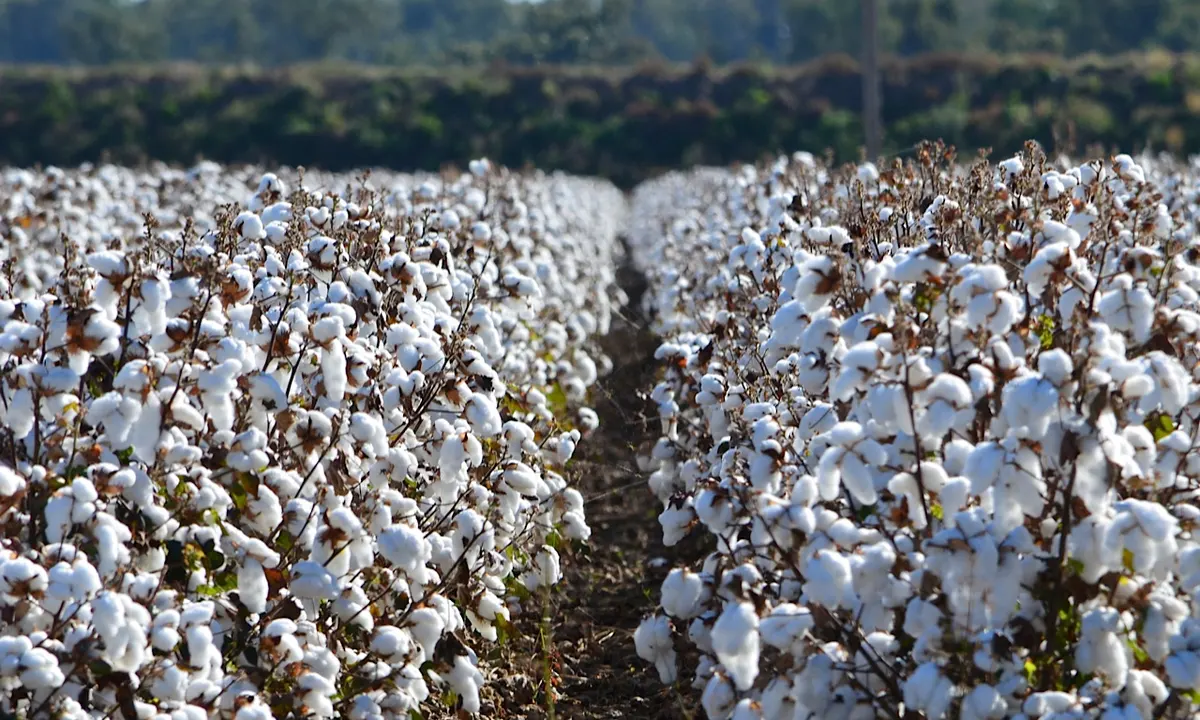



Article by: Hari Yellina
Continuous rain is delaying the cotton harvest in areas of New South Wales by up to two months. Narromine grower Jon Elder said that in a normal year, he would have started harvesting by Anzac Day, but that he has yet to do so this season because the ground is still too wet for machinery. “Our ground is heavy clay, and it takes a long time to dry out.” He explained, “It’s just too wet.” While cotton can stay on the plant for months, the quality of the crop will be harmed as a result of water damage and discoloration. “If cotton is your main crop, it’s your paycheck waiting in the paddock, so get it off as soon as possible,” stated Mr. Elder.
Michael Egan, a cotton grower in Warren, had been flooded since December and predicted a significant decline in the quality of his harvest when he was finally able to get to it. Mr. Egan predicted that the colour and quality of his cotton would suffer significantly as a result of the wetness and leaf litter. However, a few excellent days might turn everything around. Cotton prices are high, so a large portion of the losses may be recouped. “At this point, it’s a bit of a gamble,” he said, “depending on what happens with the weather between now and picking.” Mr. Egan, who has been growing cotton since the 1980s, said he has never ever seen a wet cycle like this before.
“We haven’t had this much rain since the late 1980s or early 1990s. It’s a once-in-a-lifetime occurrence “he stated Another issue was that when the cotton harvesting machines finally arrived, they would leave deep tracks in the soil. Tractors would then be required to remove the round bails. “At the end of the day, it’ll be a shambles, and then we’ll have to turn around and get that country ready for cotton the following year. As a result, that’s a significant challenge “Mr. Egan explained. He predicted that he wouldn’t be able to do anything until the spring, in order to allow the soil to dry up.
Cotton seed distributors’ market leader, Peter White, said the situation was similar for cotton growers across the state, with central and southern NSW being the hardest hit. He stated it was still extremely stop-and-start, but the harvest was more advanced the further north you went via Namoi and Moree. Mr White stated, “There wouldn’t be more than 50% of the crop off in those places.” “What’s come off thus far is fantastic, but what’s left is getting pummelling.”